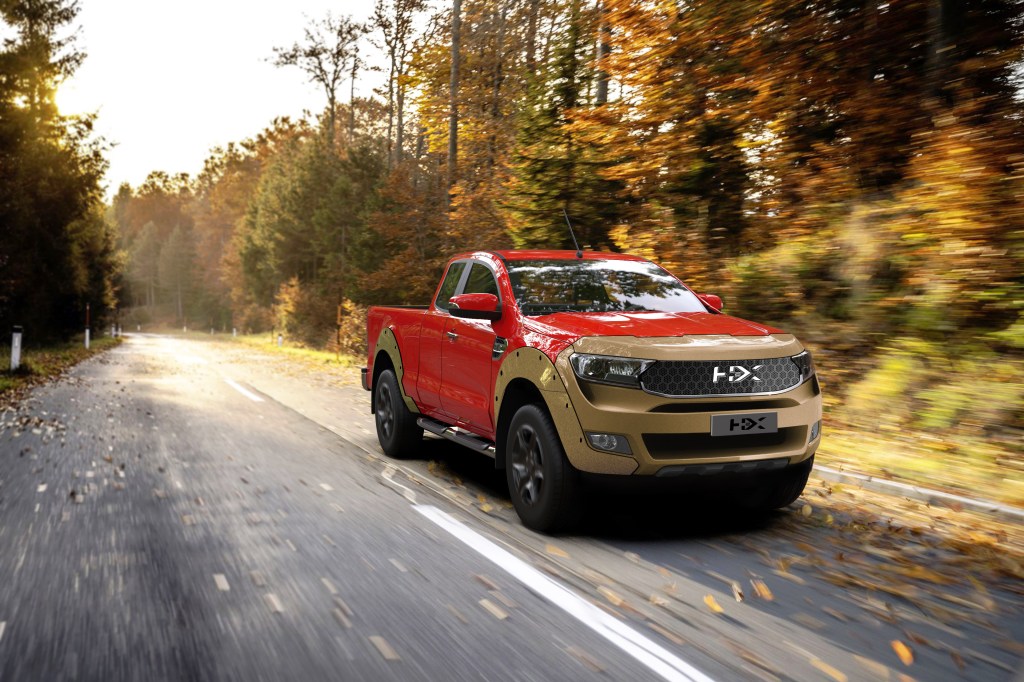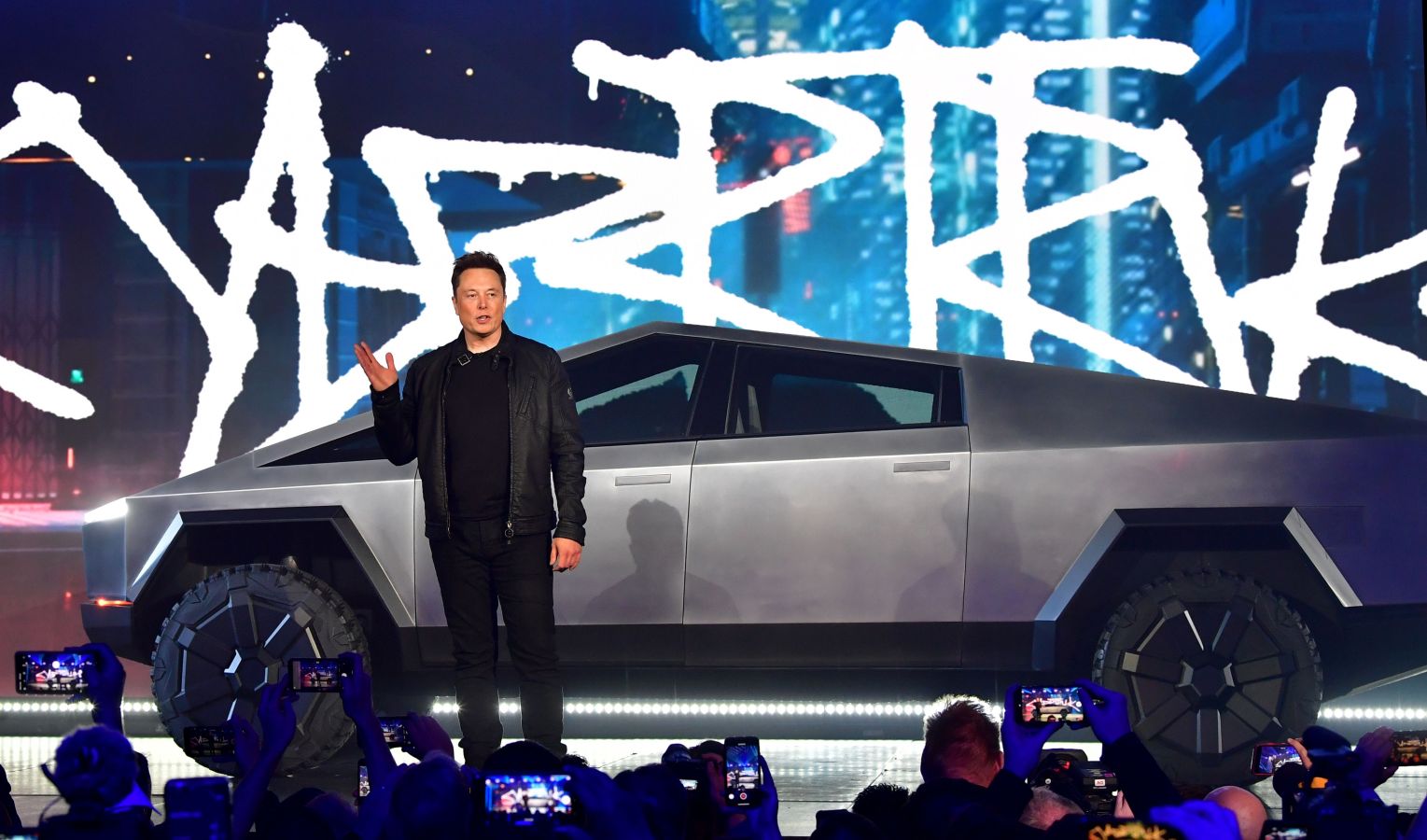H2X Global aims to redefine transport with hydrogen fuel cells, offering a cleaner, more durable alternative to hydrogen combustion and fossil fuels. It’s designed for heavy loads, built to last a million kilometres, and engineered with tanks tough enough to withstand gunshots.
This story was featured in Issue 16 of Forbes Australia. Tap here to secure your copy.

After more than 20 years in the financial sector and establishing the world’s first ESG board for the Sydney Stock Exchange, H2X Global CEO Anthony Tolfts says, “A good way to balance the demand of today’s work environment is to do something decent for society.”
What better way than to address one of the largest contributors to anthropogenic emissions: the automobile industry, which accounts for more than a quarter of total emissions. Tolfts suggested the salient solution of electric vehicles is simply not enough, hamstrung by the “lithium battery and the dirty minerals that go into it”.

A better way? Hydrogen fuel cells.
The H2X website explains how “hydrogen is converted into electricity through a chemical reaction within the fuel cell, with only water and heat as by-products.”
This powers a proprietary single electric motor, resulting in a lower energy draw and system weight than competitors’ vehicles, which currently must run with as many as four electric motors.
To commercialise swiftly, H2X has retrofitted the established Ford Ranger ute with their technology. A strategy informed by CTO Ian Thompson’s similar work as lead engineer on the first Teslas. The modified vehicle has a range of more than 450 km and a towing capacity of 2,500kg.
Heavy commercial vehicles are the long-term goal – a feat Tolfts explained is unlikely to be accomplished by battery EVs as lithium batteries cannot withstand high loads. Tolfts says, “Hydrogen fuel cells are designed to last a million kilometres, and the tanks themselves 20-30 years. They are modern power trains, built to be industrial.”
With three-to-five-minute refills, quiet running, and fewer moving parts giving more durability, hydrogen cell cars are, in Tolfts’ opinion, “really for that professional driver”.

The cost of fuelling these vehicles is currently comparable to that of combustion engines. However, a steady increase in hydrogen supply is expected over the coming years in light of the National Hydrogen Strategy. The Federal Government targets production of 30 million tonnes annually by 2050. Analysts suggest this will work to eliminate the price variance of green hydrogen while increasing its viability as a fuel source even further.
The flammability of hydrogen has raised safety concerns. However, according to the website, H2X hydrogen tanks are made from carbon fibre at “twice the industry standard of bulletproof cars” alongside venting measures in the case of a leak. The US Army has also tested similar hydrogen tanks with live-fire tests, the tanks demonstrating an ability to withstand small and large calibre bullets, avoiding catastrophic bursting even upon impact from an RPG.
H2X aims to sell its vehicles to governments globally to assist in the race to meet net zero targets, already receiving an order from the Swedish government worth more than $50 million – an investment it hopes will assist its intended IPO on the Alternative Investment Market of the London Stock Exchange in 2025.
Look back on the week that was with hand-picked articles from Australia and around the world. Sign up to the Forbes Australia newsletter here or become a member here.


